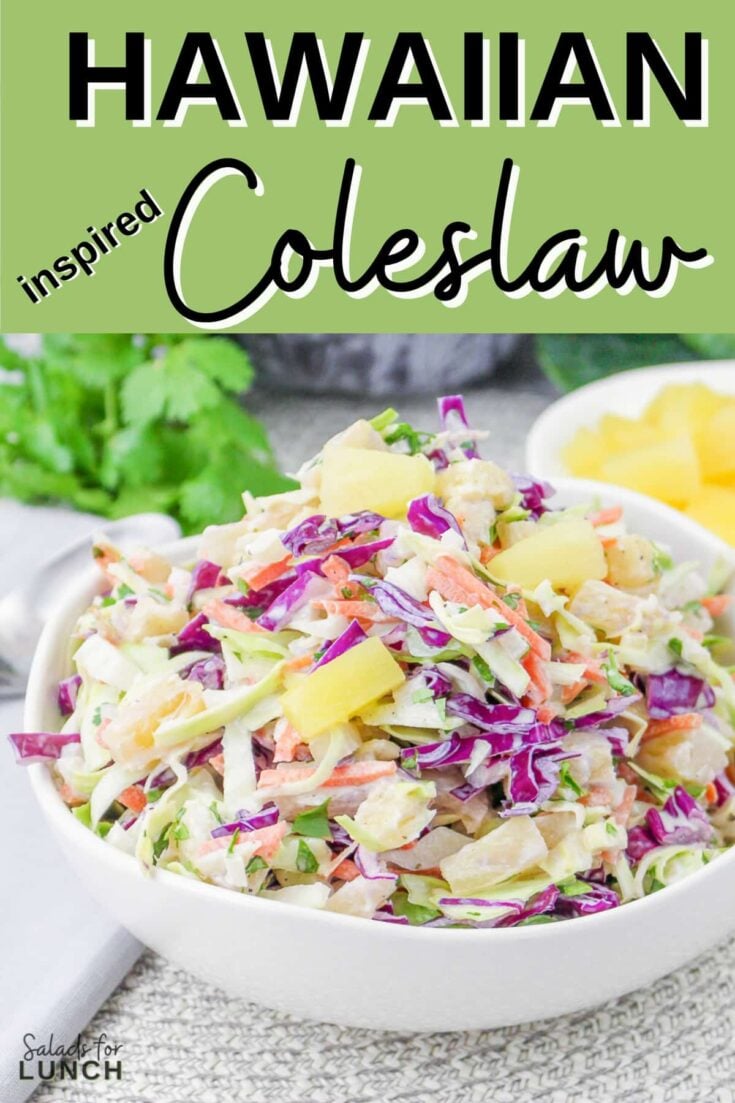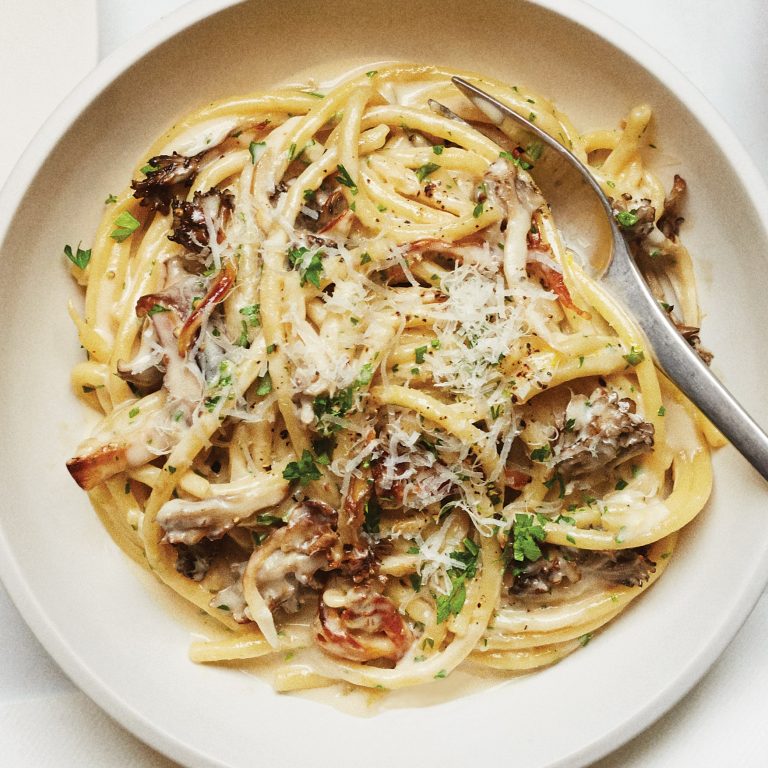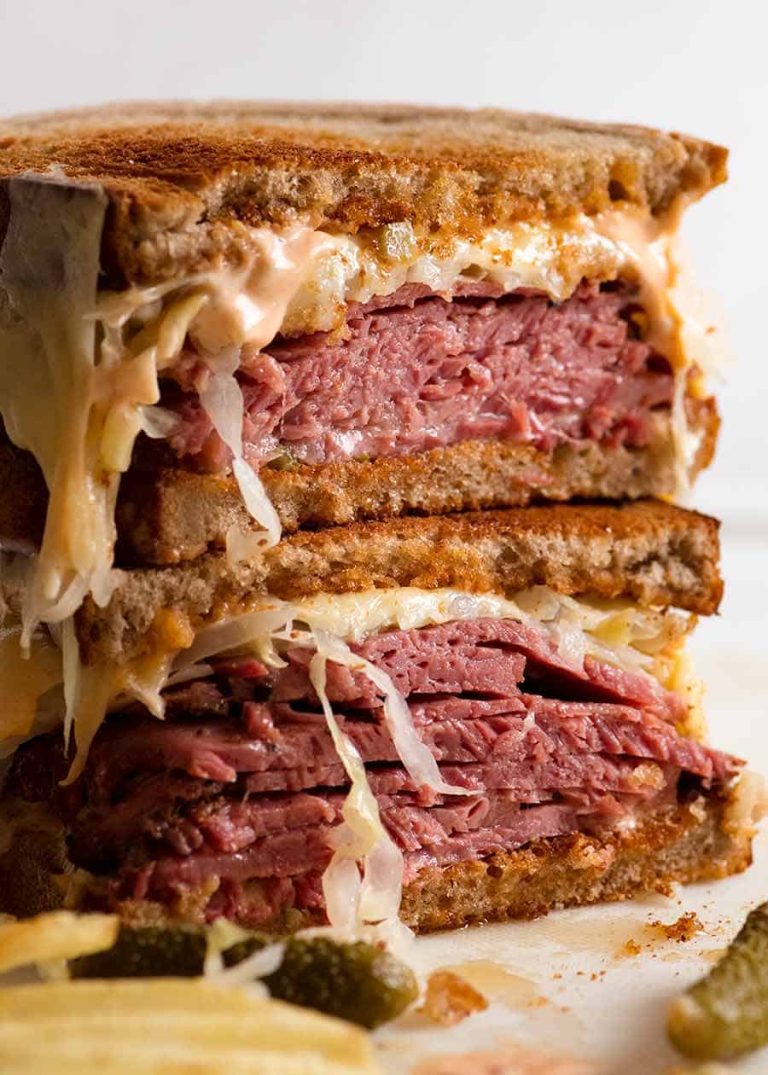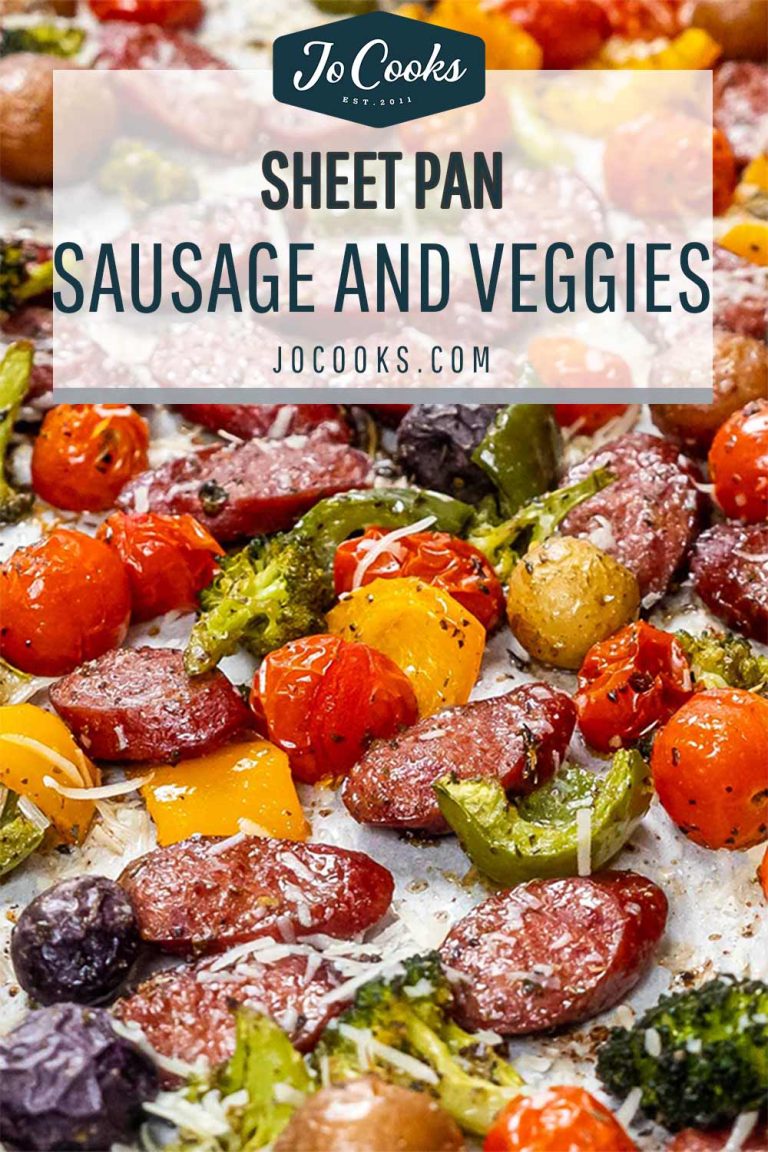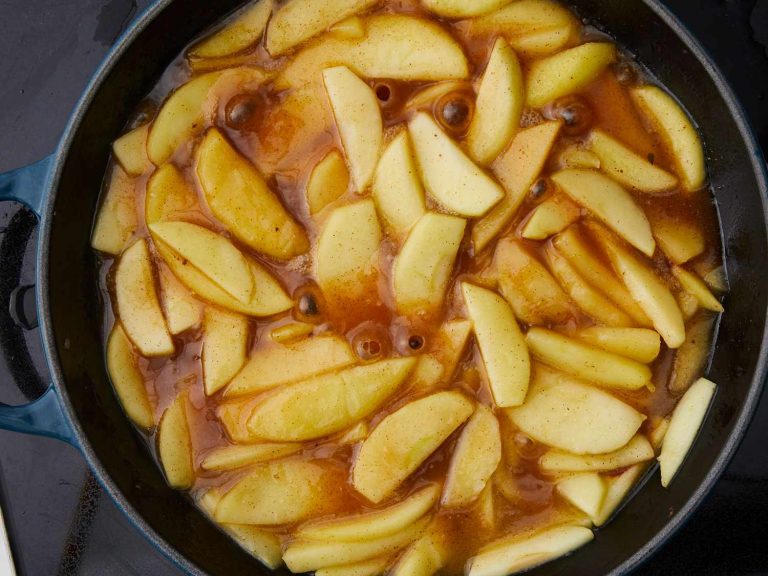Caramel Bars: Homemade Recipes and Top Commercial Brands Reviewed
Caramel bars have a rich history that can be traced back to the early 19th century. Initially, caramel itself emerged as a popular confection, appreciated for its sweet, creamy texture. Later, bakers began experimenting by incorporating caramel into various desserts. Caramel bars, combining a shortbread base with a caramel filling and often a chocolate top layer, gained popularity as they offered a delightful mix of textures and flavors.
The evolution of caramel bars saw them adapting to various regional tastes. In some places, these bars included nuts, while in others, they featured layers of marshmallow or cookie crumbs. Each variation retained the core component of rich, gooey caramel, making it the star of the treat.
Popular Brands Through the Years
Several brands have capitalized on the allure of caramel bars, each adding its unique twist. One notable company is Ghirardelli, known for its luxurious chocolate and caramel confections. Their caramel squares are a fan favorite. Another key player is Twix, introduced by Mars, Inc. in 1967. Twix bars have caramel layered over a biscuit base, coated in chocolate, becoming synonymous with the caramel bar concept.
In more recent years, artisanal brands like Sugarfina and See’s Candies have elevated caramel bars to gourmet status, offering flavors like sea salt caramel and dark chocolate-covered caramel bars. These brands highlight the versatility and enduring appeal of caramel bars, ensuring they remain a beloved treat across generations.
This optimized content offers clear, concise, and detailed information about the history of caramel bars, integrated seamlessly into the ongoing article on the appeal of these delicious treats.
Ingredients Used in Caramel Bars
Types of Caramel
Different types of caramel add unique flavors and textures to caramel bars. Basic caramel is made from sugar, butter, and cream. Salted caramel includes a pinch of salt to balance its sweetness. Brown sugar caramel uses brown sugar for a richer flavor. Other variations include dulce de leche, which incorporates milk, and butterscotch, which uses brown sugar and butter. Choose the type of caramel based on the desired flavor and texture of your caramel bars.
Chocolate and Other Additions
Caramel bars often feature chocolate for added richness. Dark, milk, or white chocolate can be used depending on taste preferences. Nuts such as almonds, pecans, or walnuts introduce crunch and enhance flavor. Marshmallows add a chewy texture while cookie crumbs provide a delightful contrast. Additionally, some recipes incorporate dried fruits like cranberries or apricots for a sweet-tart burst, or sprinkle sea salt on top for a gourmet touch. Select these additions based on desired taste and texture outcomes.
Making Caramel Bars at Home
Essential Tools and Ingredients
To create delicious caramel bars at home, you need specific tools and ingredients. Gather these items before starting to ensure a smooth process.
Tools:
- Baking Pan: A 9×13 inch pan works best to achieve even caramel bar layers.
- Mixing Bowls: Use separate bowls for dry and wet ingredients.
- Parchment Paper: Lining the baking pan simplifies removing bars.
- Spatula: A silicone spatula helps in spreading layers uniformly.
- Saucepan: A heavy-bottomed saucepan prevents caramel from burning.
- Measuring Cups and Spoons: Precision in measuring ingredients ensures consistency.
Ingredients:
- Shortbread Base: Combine 1 cup of butter, 2 cups of flour, and 1/2 cup of sugar.
- Caramel Filling: Mix 1 cup of butter, 1 cup of brown sugar, and 1 can (14 oz) of sweetened condensed milk.
- Topping Options: Use 1 cup of chocolate chips, nuts, or sea salt as preferred.
Step-by-Step Recipe
Follow this recipe to make caramel bars with a shortbread base, a rich caramel filling, and an optional topping.
- Prepare the Shortbread Base: Preheat the oven to 350°F (175°C). Grease the baking pan, then line it with parchment paper. In a mixing bowl, combine butter, flour, and sugar. Press the mixture into the pan to form an even base. Bake for 20 minutes, or until golden brown.
- Make the Caramel Filling: In a heavy-bottomed saucepan, melt butter over medium heat. Add brown sugar and stir until dissolved. Pour in the sweetened condensed milk, then bring to a boil while stirring continuously. Reduce heat and simmer until the mixture thickens, roughly 5-7 minutes.
- Assemble the Layers: Pour the caramel filling over the baked shortbread base. Use a spatula to spread the caramel evenly. Allow the mixture to cool slightly before adding the topping.
- Add the Topping: Sprinkle chocolate chips, nuts, or sea salt over the caramel layer as desired. Let the bars cool completely, then refrigerate for at least 1 hour to set.
- Slice and Serve: Once set, lift the parchment paper to remove the bars from the pan. Cut into squares and enjoy your homemade caramel bars.
Health Considerations
Caloric Content
Caramel bars are calorie-dense, mainly due to their sugar content and butter used in the shortbread base. An average caramel bar can contain around 200-300 calories per piece, depending on its size and ingredients. These calories come from carbohydrates, fats, and sugars. For those monitoring their caloric intake, it’s important to consume these treats in moderation.
Alternative Ingredients for Healthier Options
To make caramel bars healthier, consider using alternative ingredients. Replace regular flour with whole wheat or almond flour to add fiber and nutrients. Substitute refined sugar with natural sweeteners like honey or maple syrup to lower the glycemic index. Use dark chocolate instead of milk chocolate for a higher antioxidant content. Incorporate nuts or seeds like almonds or chia seeds for added protein and healthy fats.
Comparison of Top Commercial Caramel Bars
Flavor Profiles
Top commercial caramel bars come in diverse flavor profiles to cater to different taste preferences. Look for brands like Twix, which pairs its caramel with a crunchy biscuit base and milk chocolate coating. Consider Milky Way for a soft caramel and nougat center covered in milk chocolate. Try Cadbury Caramel for a rich dairy milk chocolate shell filled with smooth caramel. Select Mars Bar for a combination of caramel, nougat, and milk chocolate. Each of these bars offers a distinctive taste due to their unique blends of caramel with other complementary ingredients.
Price Points
Commercial caramel bars vary significantly in price points based on brand, packaging, and regional availability. Find Twix bars typically priced around $1.50 for a standard 1.79 oz pack. Purchase Milky Way bars in the same weight range, often costing around $1.40. Note that Cadbury Dairy Milk Caramel bars, generally imported, may be priced higher, at about $2 for a 1.6 oz bar. Pick Mars Bars, which often retail for approximately $1.60 for a 1.79 oz bar. Be aware of occasional price fluctuations due to promotional offers or bulk purchasing options.
| Brand | Typical Price (USD) | Weight (oz) |
|---|---|---|
| Twix | $1.50 | 1.79 |
| Milky Way | $1.40 | 1.79 |
| Cadbury Caramel | $2.00 | 1.6 |
| Mars Bar | $1.60 | 1.79 |
By comparing flavor profiles and price points, you can decide which commercial caramel bar suits your taste and budget best.
Conclusion
Whether you’re crafting homemade caramel bars or choosing from top commercial brands like Twix or Milky Way, there’s a delightful option for every taste and budget. Homemade versions offer the chance to experiment with healthier ingredients, while store-bought bars provide convenience and consistent flavor. Remember to enjoy these treats in moderation to balance indulgence with wellness. Your perfect caramel bar is out there waiting to be savored.

